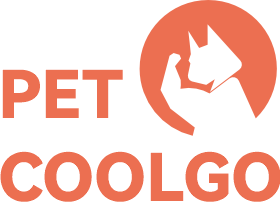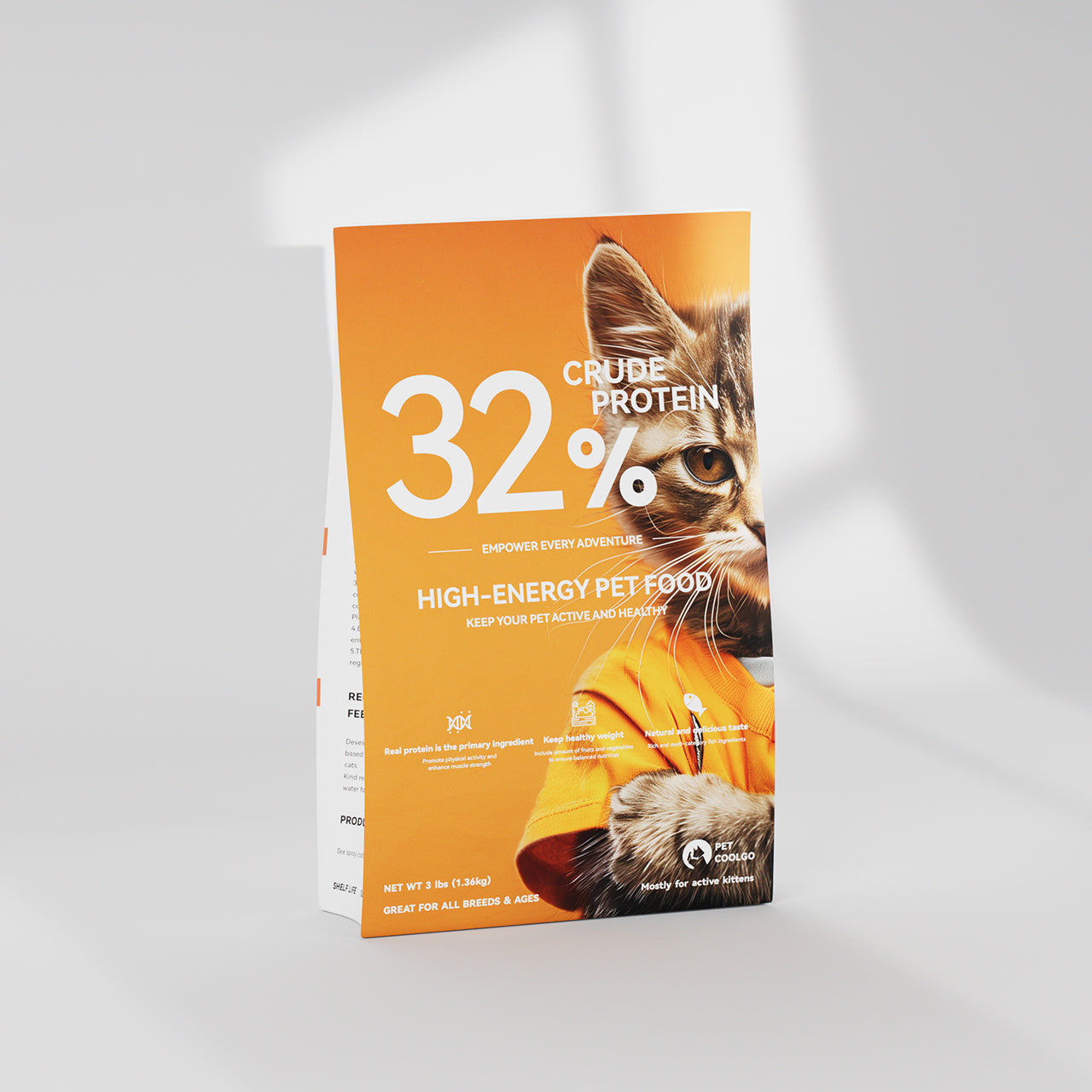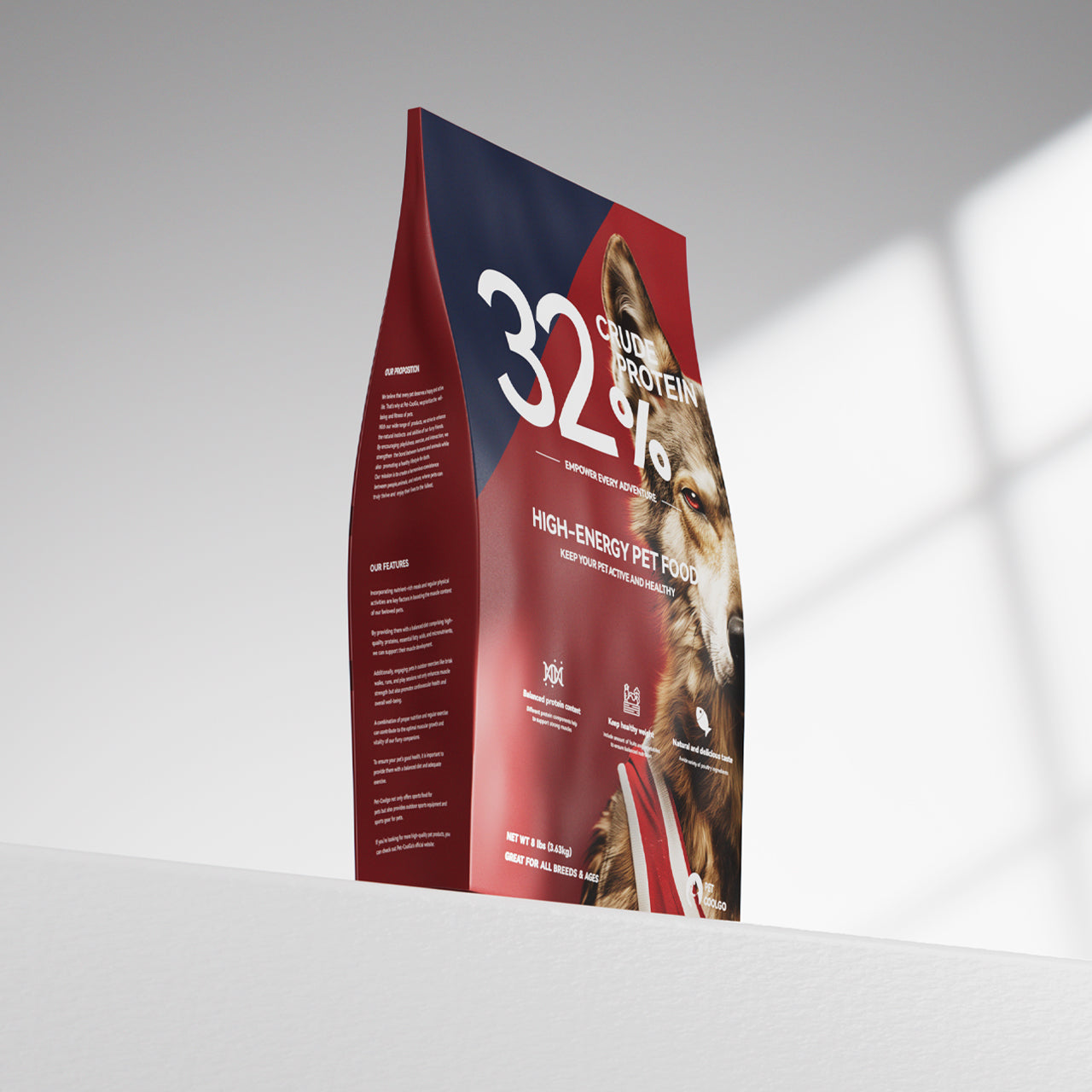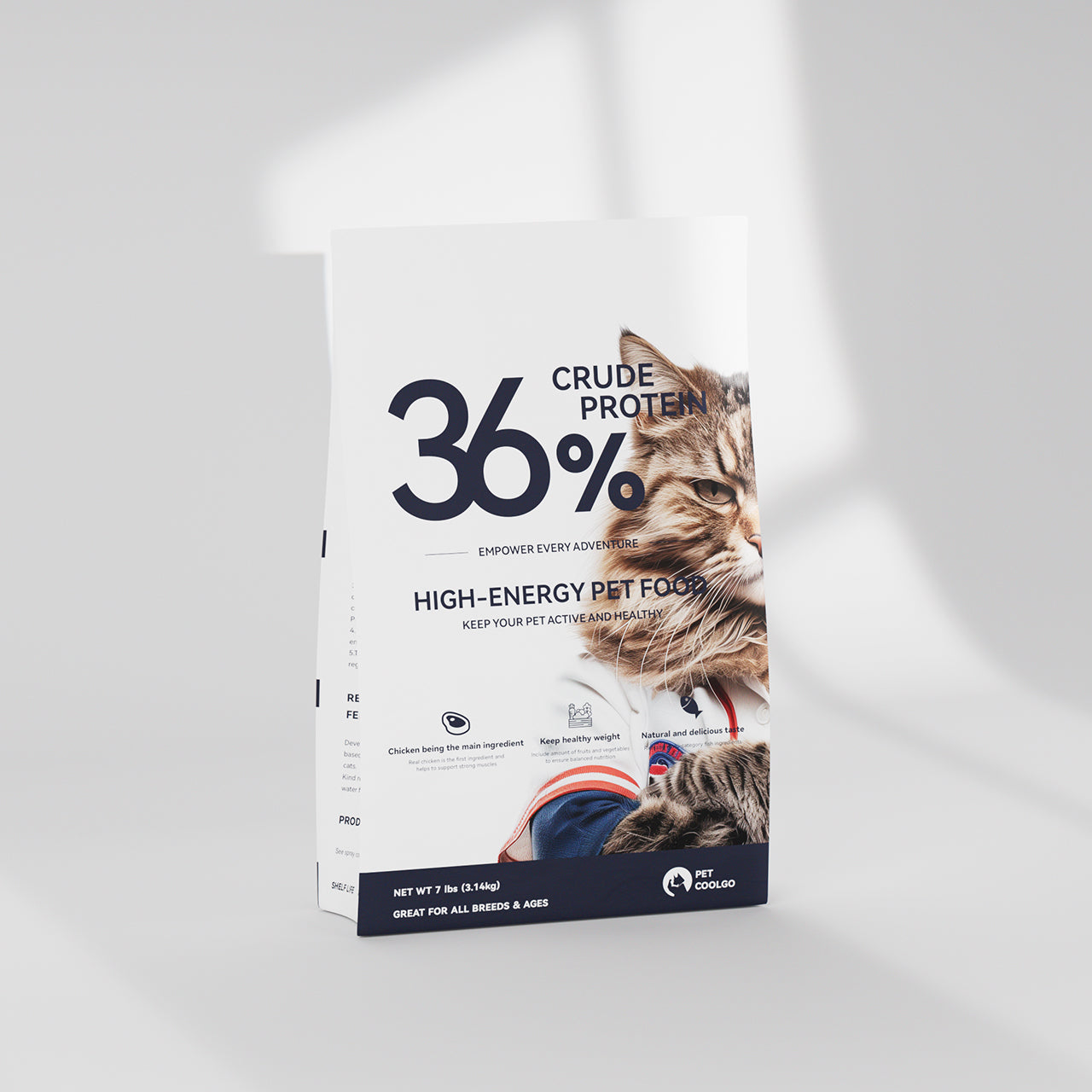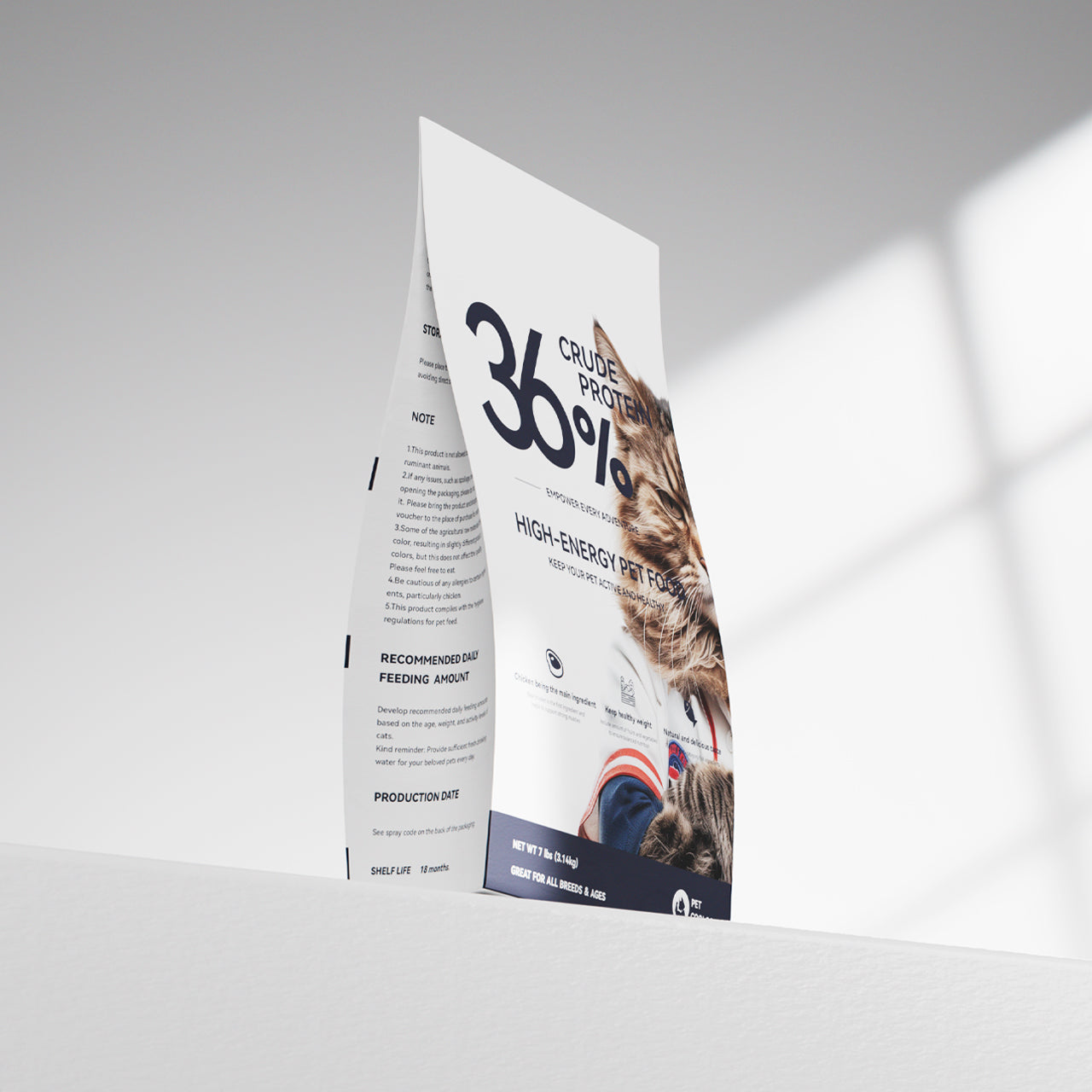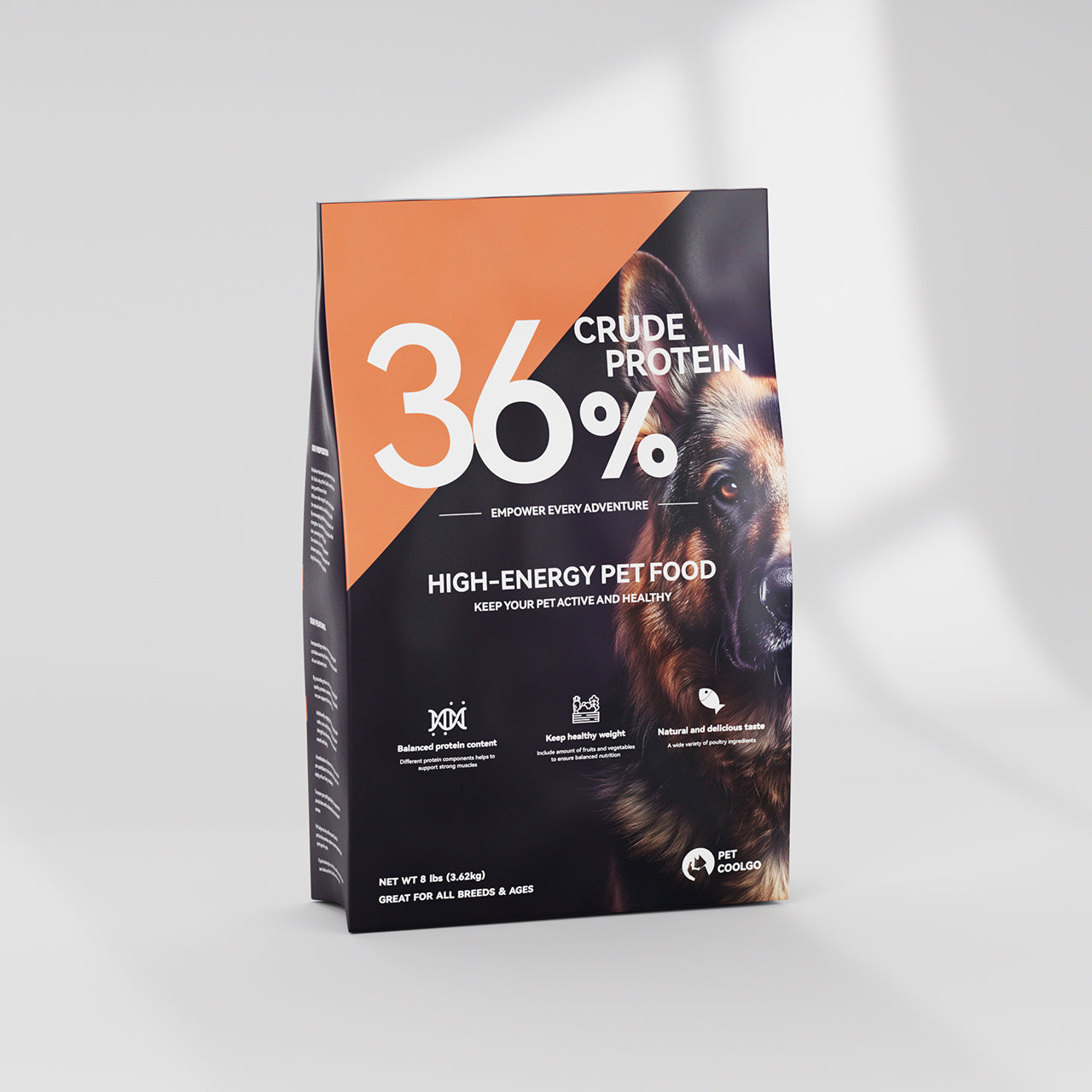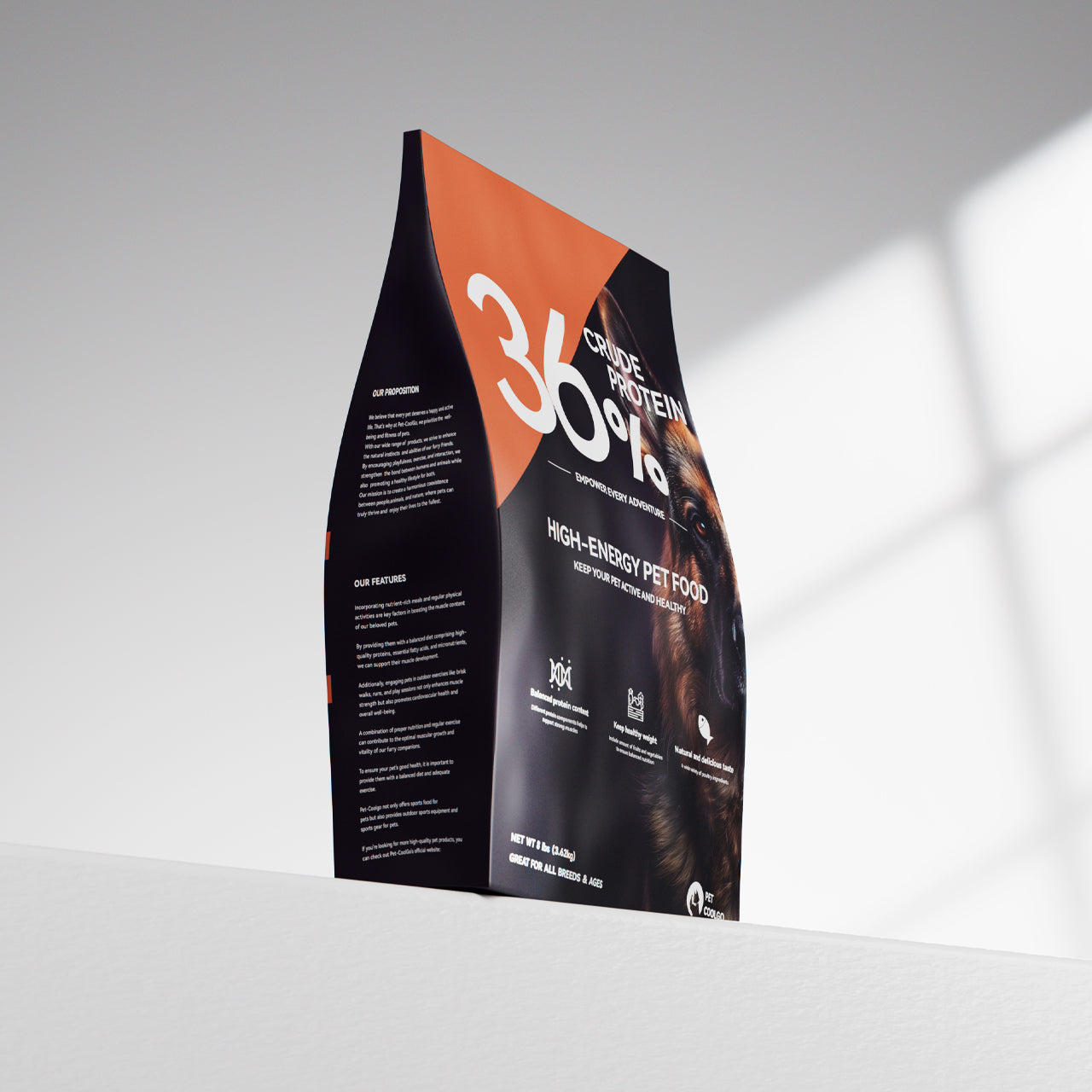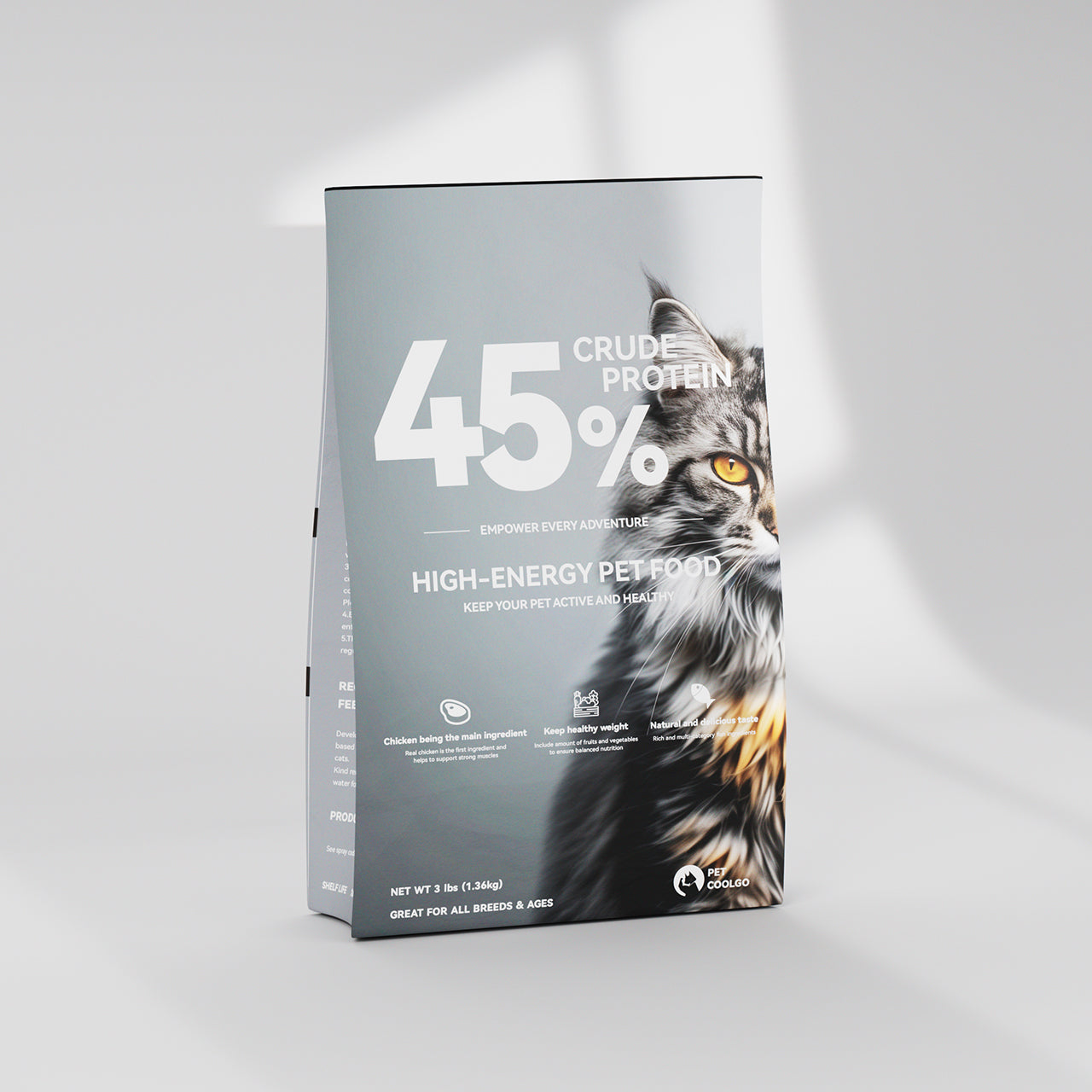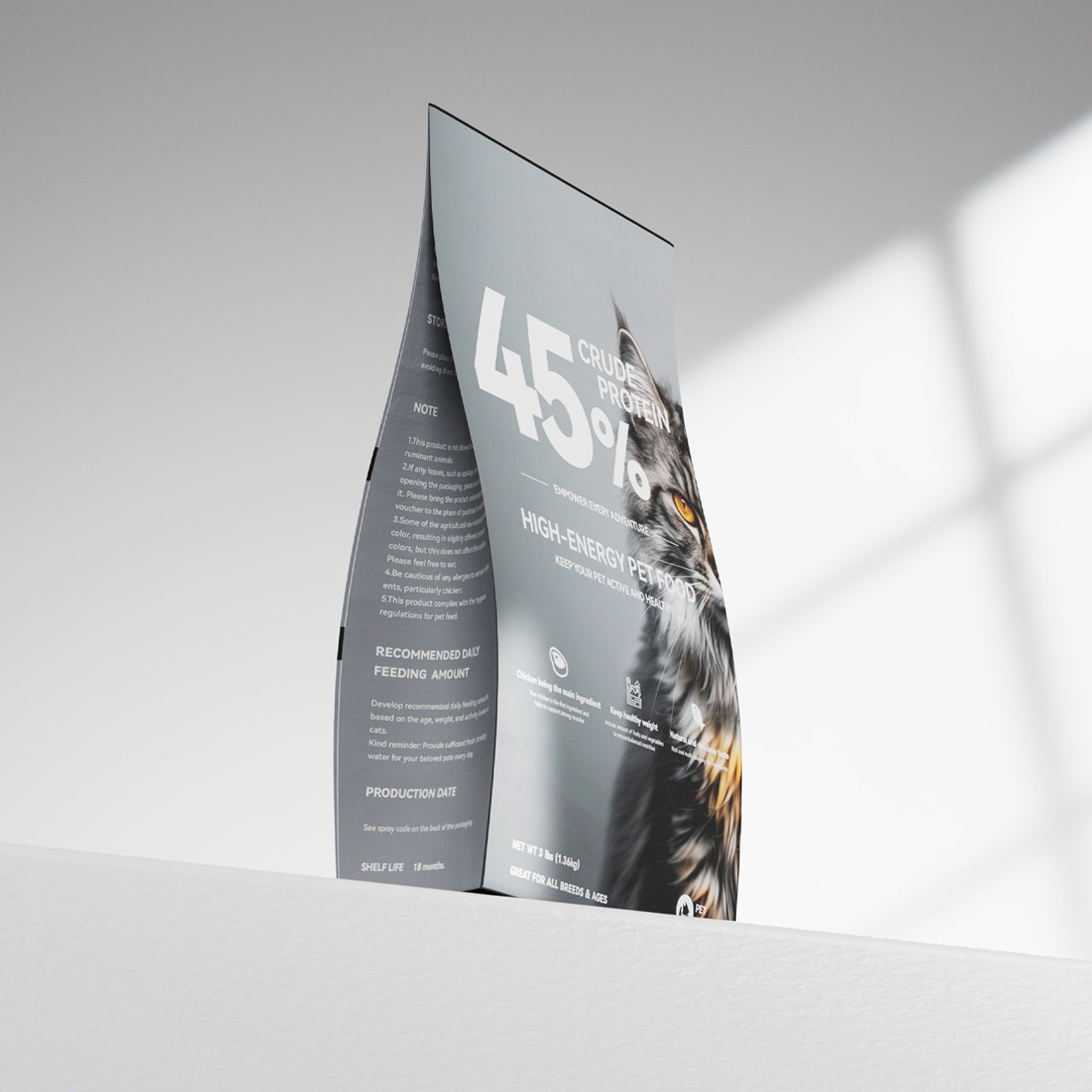Pet Health & Nutrition Calculator
1. Pet Profile
2. Lifestyle & Condition
🐾 How Much Should I Feed My Pet? A Simple Guide to Perfect Portions
Deciding how much to feed your companion animal is one of the most critical responsibilities of pet ownership. Overfeeding, even healthy pet food, leads to obesity, which is linked to a range of serious health conditions in both dogs and cats.
Pet food packages offer feeding charts, but these are merely guidelines; every pet has unique nutritional needs. Determining the perfect portion demands consideration of your pet's specific species, age, size, activity level, and health status. This guide will simplify the process by helping you calculate the right portions for your pet.
1. Start with the Pet Food Label (Calorie Density is Key)
The most accessible guide to determine your pet's portions is on the back of the pet food package. These charts show recommended daily amounts based on weight, but they are general guidelines for average adults.
You must treat these figures as estimates and be prepared to adjust them based on your pet's metabolism. You need to locate the calorie density, often listed as Kcal/cup or Kcal/kg. This data is essential for accurate portioning and meal switching.
💻 Use the PetCoolGo DER Calculator Below
Use our tool to estimate your pet's Daily Energy Requirement (DER) based on veterinary equations.
| Parameter | Your Pet's Data |
|---|---|
| Species | Dog / Cat |
| Weight | (e.g., 35 lbs or 4 kg) |
| Life Stage | Kitten/Puppy / Adult / Senior |
| Activity Level | Low / Moderate / High |
| Neutered / Spayed? | Yes / No |
🚨 Important Note: This tool provides the DER (Daily Calorie Estimate). You must divide this calorie number by your specific food's Kcal/cup or Kcal/gram to get the actual feeding amount.
2. Adjust for Individual Factors (Species, Age & Activity)
A balanced weight results from equal energy intake and expenditure. Since food labels are general, your pet's species and life stage must be considered for accurate feeding.
Adjusting by Species and Life Stage
- Kittens & Puppies: Both growing animals consume two to three times more calories than adults of the same weight. They require more frequent feedings (3-4 times daily).
- Cats (Adult): Cats are obligate carnivores and need diets high in protein and fat (and essential nutrients like taurine). Their basal energy needs are often calculated lower than dogs for weight maintenance.
- Dogs (Adult): Caloric requirements are constant, based primarily upon weight and activity rate.
- Senior Pets: Older pets have slower metabolisms. Calorie needs are lower, but they require adequate protein to maintain muscle mass.
Adjusting by Activity Level
- Highly Active Pets (Working Dogs/Outdoor Cats): May need up to 20-40% more calories to meet high energy demands.
- Sedentary Pets (Indoor Cats/Couch Potato Dogs): May need 10-20% fewer calories than average. Overfeeding an inactive pet quickly leads to weight gain.
3. Precision Feeding: Using Veterinary Formulas
This section outlines the Gold Standard in veterinary nutrition, providing the most precise portion control for complex needs.
Calculating Resting Energy Requirement (RER)
Veterinarians rely on the RER formula to estimate the pet’s baseline energy required for vital functions while at rest. The formula is species-neutral (applies to both dogs and cats) and is based on metabolic weight:
Calculating Daily Energy Requirement (DER)
RER is multiplied by a Metabolic Factor(based on species, age, and activity) to determine the Daily Energy Requirement (DER). This DER number is what you must divide by your food's caloric density to find the exact feeding amount.
4. Accurate Measurement & Monitoring
Precision is paramount. You must use a dry measuring cup or, for superior accuracy, measure kibbles in grams using a kitchen scale.
🩺 Body Condition Score (BCS): The 3-Point Check
To fine-tune your pet's portion, assess their Body Condition Score (BCS) monthly using the following checks:
- Ribs (Palpation): You should be able to feel the ribs easily (like your knuckles when your hand is flat), but they should not be visible (covered by a thin layer of fat).
- Waistline (From Above): There should be a defined tuck behind the ribs (more pronounced in dogs than cats).
- Abdomen (From Side): The abdomen should tuck up slightly toward the hindquarters.
The 10% Adjustment & Safety Rule
If your pet is gaining or losing unwanted weight, adjust their daily portions by 10% at a time. Monitor the results over two to three weeks.
Remember to factor in all treats/scraps (no more than 10% of total calories).
CRITICAL NOTE FOR CATS: Sudden, drastic dieting in obese cats can cause Hepatic Lipidosis (Fatty Liver Disease). Weight loss must be slow and supervised.
❓ Expert-Answered FAQs
1. Should I calculate food based on weight or age?
Both. Weight is crucial for calculating baseline calories (RER). Age (puppy/kitten, adult, senior) and activity level determine the "multiplier" (Metabolic Factor) to find the final Daily Energy Requirement (DER). Growing and highly active pets need more.
2. Are the feeding charts on the pet food bag accurate?
They are a starting point (general guidance). The charts do not account for your pet's precise metabolism or activity level. You will need to make a 10% adjustment based on physical observation (BCS check).
3. How many times a day should puppies and kittens eat?
Growing animals under six months require more frequent feeding. We recommend 3-4 small meals per day to maintain stable blood sugar levels and support rapid growth. Adult pets are typically fine with two meals daily.
4. Do I need to count treats in the daily amount?
Yes, absolutely. Treats and table scraps should make up no more than 10% of their total daily caloric intake. Accurately weigh or record treat calories and reduce the main meal portion accordingly—this is the key to preventing weight gain.
⚕️ Consulting Your Veterinarian
Finding the right feeding amount is a dynamic, lifelong process that adjusts with your pet’s changes in health and activity. While charts and formulas are excellent starting points, your veterinarian is the ultimate expert on companion animal nutrition.
Always consult your vet to rule out underlying health concerns, determine your pet's ideal weight, and select the healthy food that perfectly matches their needs at every stage of life.
